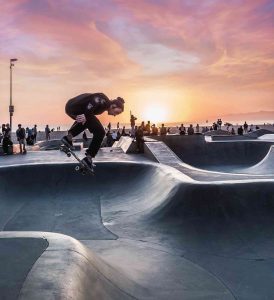n a time of razor-sharp sensors, ultra-high resolutions, and crystal-clear optics, creators are turning back to the imperfect—intentionally chasing grain, softness, and that cinematic “feel” of the past. The analog aesthetic is more than nostalgia—it’s become a powerful storytelling tool that brings warmth, realism, and emotional weight to an otherwise sterile digital landscape.
Whether you’re adding halation in post or shooting through vintage glass, this movement is growing louder in commercial, documentary, and indie productions.
1. The Rise of Film Emulation Tools
From Dehancer and CinePrint16 to LUTs that mimic Kodak 2383 or Fuji 400H, creators now have an arsenal of filmic tools at their fingertips. These plugins and workflows bring timeless color science, bloom, and texture into modern editing suites, allowing digital footage to feel more organic without ever touching a roll of celluloid.
2. Vintage Lenses & Imperfections
Filmmakers and photographers alike are hunting for old Soviet lenses, Canon FD glass, and uncoated optics to soften their images. The flares, chromatic aberration, and falloff that were once “flaws” are now features—used to separate work from the clean, over-sharpened look of mass content.
3. Texture Over Perfection
Grain, motion blur, light leaks, and even dust overlays are being used to make content feel lived-in. It’s a rebellion against perfection—injecting stories with mood, memory, and tactility. The result is more emotional connection, especially in projects aiming for authenticity or timelessness.

Why It Matters:
|
Feature |
Modern Digital Look |
Analog-Inspired Aesthetic |
|---|---|---|
|
Sharpness |
Ultra-clean, crisp |
Soft edges, glow, blur |
|
Color |
High saturation, cool tones |
Warm, desaturated, filmic hues |
|
Texture |
Clean, minimal noise |
Visible grain, bloom, halation |
|
Feeling |
Technical, precise |
Emotional, nostalgic, imperfect |
As audiences grow weary of content that looks like it was produced by machines, analog-inspired production offers a human touch that resonates. It’s not about going backward—it’s about rediscovering what makes visual storytelling feel real.



